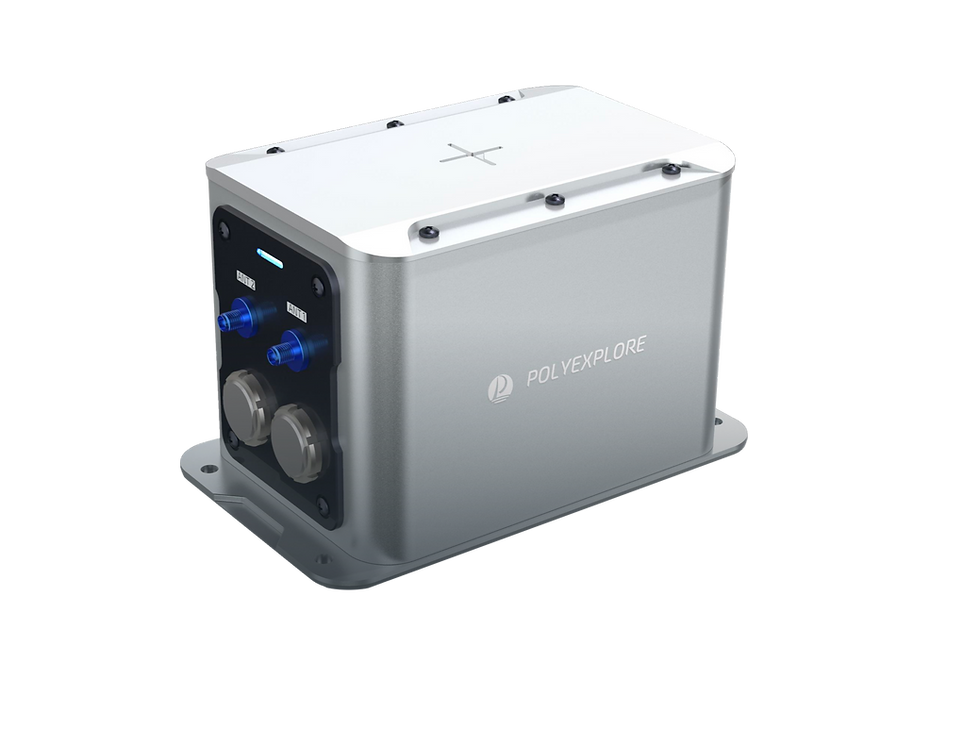New GNSS/INS Announced for Mapping & Marine Applications
- Mike Ball

- Jul 8, 2019
- 2 min read
Polynesian Exploration Inc. has announced the release of a new single-body variant of its Polynav2000F high-performance GNSS-aided fiber optic gyroscope (FOG) based Inertial Navigation System (INS). The new system is ideal for unmanned aerial vehicle (UAV) surveying and mapping, and heave measurement also makes it highly suited to marine applications such as USVs (unmanned surface vehicles).

The new single-body Polynav2000F is a follow-up on a top-rated GNSS/INS product line that features a high-performance inertial measurement unit (IMU), fiber optic gyroscopic rate sensors and a standalone GNSS rover station. The single body unit provides further enhancement by providing a compact, ruggedized enclosure with a “rigid body” platform for both an IMU and a rover. This simplifies setup and design-in time for multiple applications which do not require separate placement of a rover and an IMU.
The system offers dual antennas for precision heading and dual frequency RTK support that provides centimeter level accuracy with fast conversion time while maintaining superior performance during GNSS signal outages through its tightly coupled GNSS and INS systems. The Polynav2000F supports such features as fusion of odometer inputs for urban navigation and mapping, as well as heave estimation for marine applications.
The Polynav 2000F features distance measurement input (DMI) assisted dead reckoning for urban canyons, tunnels, and under-bridge driving environments, as well as a rich interface for multi LiDAR/Radar synchronization and camera triggering for HD mapping applications.
Overall, the Polynav2000F family offers multiple options for a variety of applications. The ruggedized rover and stand-alone FOG IMU configuration are well suited for larger marine autonomous and surveying vessels, construction and agricultural equipment, as well as commercial vehicles. Aerial fixed-wing HD mapping and surveying applications are addressed by a GNSS OEM module weighing under 70g, as well as a stand-alone IMU.




Comments